How to Start a Successful Beauty Blog in 6 Easy Steps
Category: Web Design

7 mins read
Are you a beauty enthusiast with a wealth of knowledge to share? Starting a beauty blog could be your calling! Not only is it a fun and creative outlet, but it can also help you build a community, establish your authority in the industry, and even lead to collaborations with beauty brands. In this comprehensive guide, we'll walk you through everything you need to know to launch a successful beauty blog, from choosing your niche to monetizing your content.
With the global beauty market expected to reach a whopping $758.4 billion by 2026, according to a report by Allied Market Research, there has never been a better time to join the beauty blogging world. So let's get started!
In this article, we'll guide you through each step of the process, starting with choosing the focus of your beauty blog.
In this article:
Step 1: Choose beauty blog focus
We'll begin with the first and most important step: choosing the focus of your beauty blog. With so many aspects of beauty to cover, it can be overwhelming to decide where to start. That's why we've compiled a list of 10 potential niches to consider.
- Organic and natural beauty products: If you care about using natural and organic ingredients in your beauty routine, explore the benefits of organic and natural beauty products.
- Skincare for sensitive skin: When you have sensitive skin, learn how to care for it and avoid common irritants and allergens with targeted skincare for sensitive skin.
- Makeup for beginners: There is always room for growth in your makeup skills, so learn the basics of makeup application and essential products with a focus on makeup for beginners.
- Hair care for textured hair: Some women have naturally textured hair, and finding the right products and techniques for managing it can be a challenge, so explore hair care for textured hair.
- Nail art and trends: If you love experimenting with nail art and staying on top of the latest trends, nail art and trends might be the niche for you.
- Anti-aging skincare: When you want to keep your skin looking youthful and radiant, discover the best anti-aging skincare products and treatments for you.
- Beauty tips for busy moms: There is no reason busy moms can't prioritize self-care, so get quick and easy beauty tips designed for moms with a focus on beauty tips for busy moms.
- Men's grooming and skincare: Men's grooming and skincare is an often-overlooked area of the beauty world. If you're a guy looking to up your grooming game, explore the best products and techniques that can help you achieve a polished look.
- Beauty product reviews and recommendations: If you love discovering new beauty products and hearing honest reviews, beauty product reviews and recommendations are the perfect niche for you.
- Cruelty-free and vegan beauty products: When you care about ethical beauty and sustainability, explore the best cruelty-free and vegan beauty products available on the market.
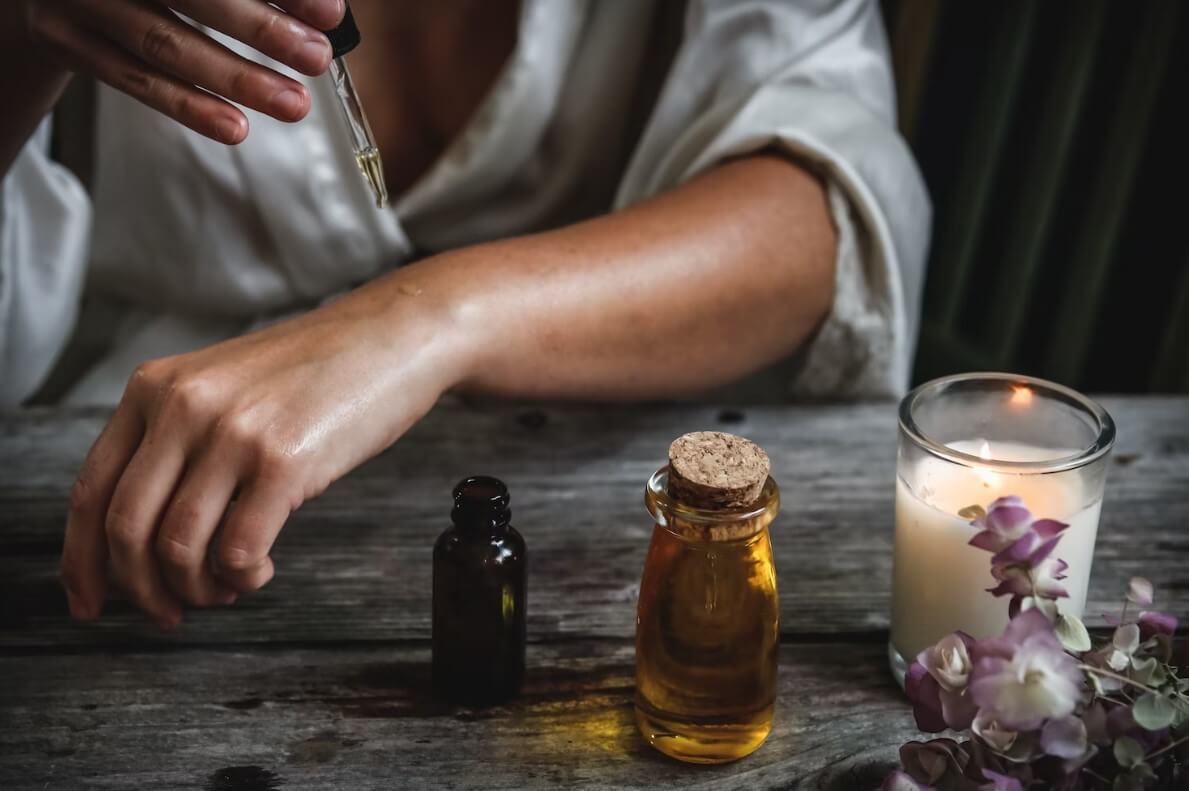
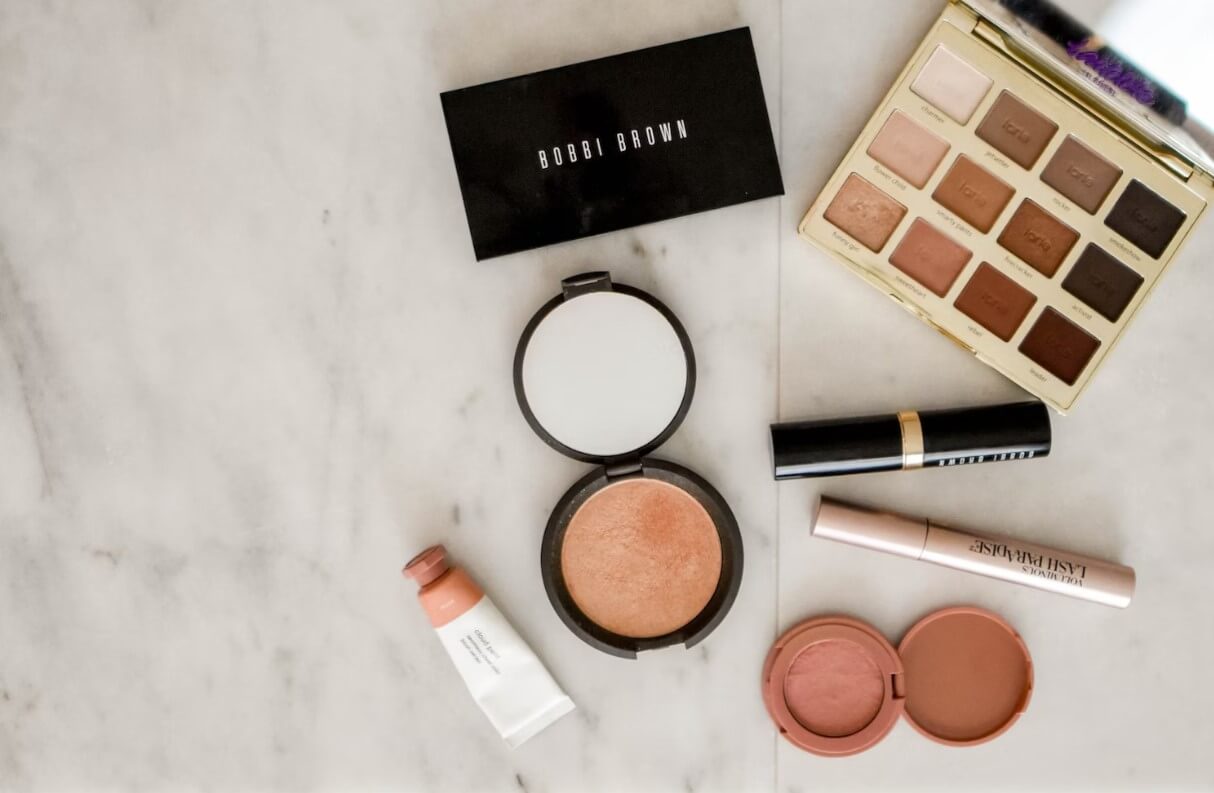
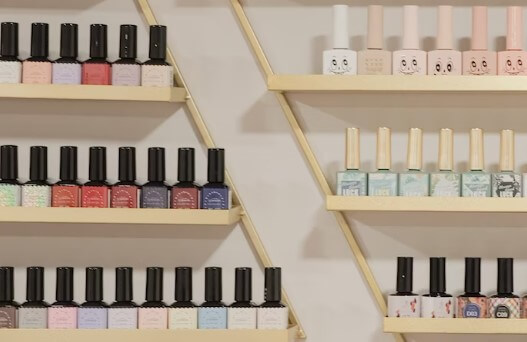
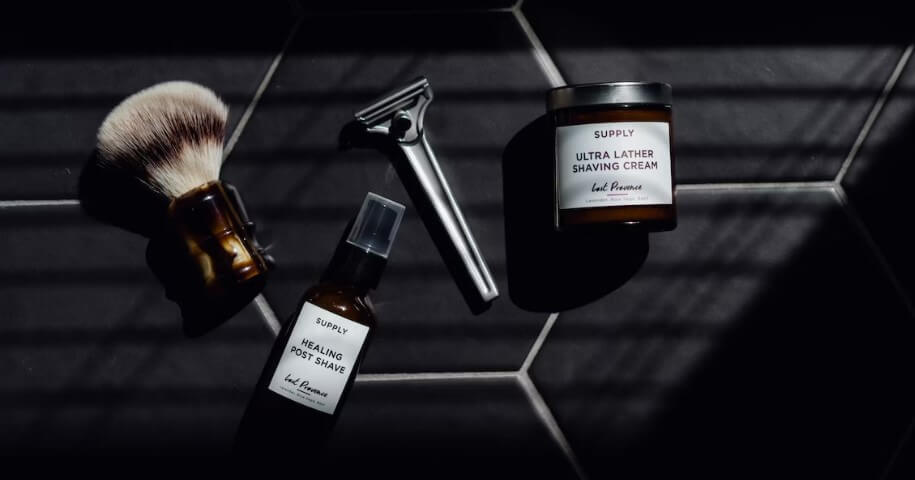
Stay tuned for the rest of the guide, where we'll cover everything from selecting a blogging platform to customizing your blog design, creating engaging content, and monetizing your blog. By following our step-by-step instructions, you'll be on your way to creating a popular and profitable beauty blog in no time!
Step 2: Choose a Blogging Platform
When you've settled on your beauty blog's focus, the next step is choosing a blogging platform. A blogging platform is a software or service that enables you to create and publish content on the internet. Here's a breakdown of some popular platforms, along with tips to help you select the best one for your needs:
WordPress
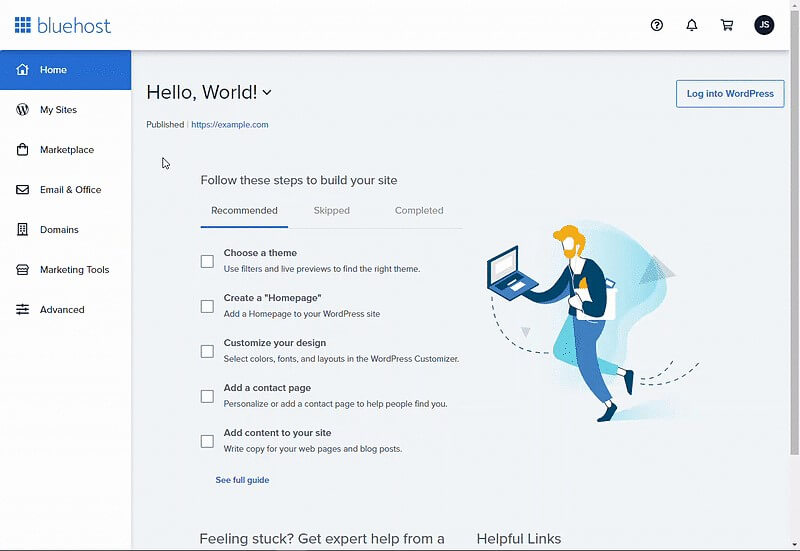
WordPress is a widely-used and popular blogging platform that offers lots of options for customization and flexibility. It's free and open-source, which means you can access a wide range of themes and plugins to create a unique and professional-looking blog. Additionally, WordPress has a range of SEO plugins that make it easy to optimize your content for search engines.
Blogger

Blogger is a free platform for blogging that's owned by Google. It's a great choice for those just starting out since it's user-friendly and doesn't require any technical skills. However, it's not as flexible or customizable as WordPress. Additionally, Blogger's SEO capabilities are limited, which could have an impact on your blog's visibility in search engines.
Squarespace

Squarespace is a popular platform that's primarily used for building websites, but it also includes capabilities for creating and managing blogs. It's a paid service, but it's sought after for its modern and stylish design templates. Furthermore, Squarespace comes with various features, such as e-commerce tools and email marketing functionality. Nevertheless, Squarespace isn't as flexible as WordPress and doesn't offer as many opportunities for customization.
Wix
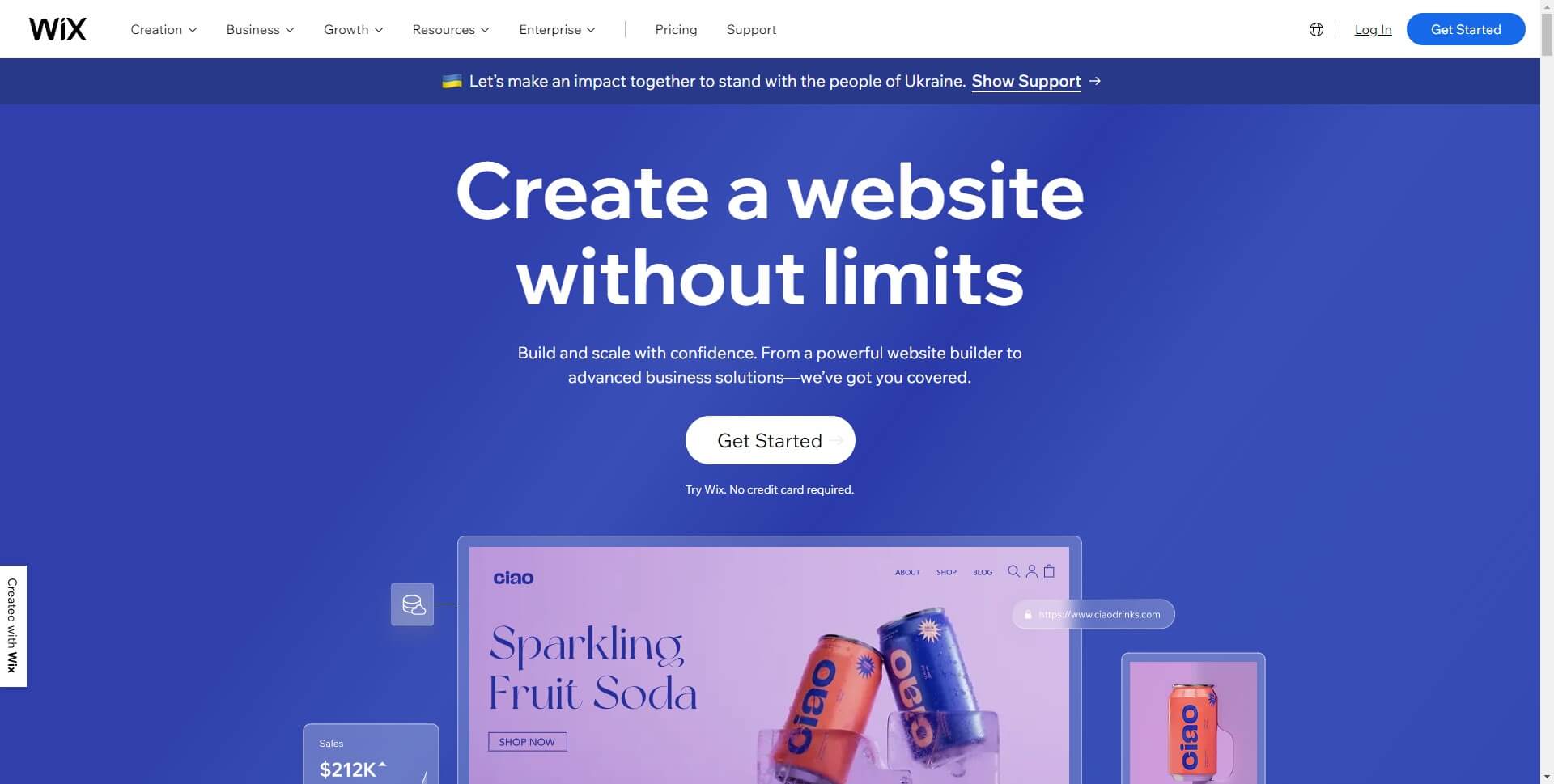
Wix is a website builder that enables you to create and manage blogs. It's a free platform that's simple to use, thanks to its drag-and-drop interface that makes designing and customizing your blog a breeze. However, the free version does come with certain limitations, and if you want access to more features, you'll need to upgrade to a paid plan. Furthermore, Wix's SEO capabilities are restricted, which could impact your blog's visibility in search engines.
When choosing a blogging platform, consider factors such as your budget, technical skills, and the features you need for your blog’s success. If you're looking for flexibility and customization options, WordPress is a great choice. If you want an easy-to-use platform with basic features, Blogger might be a better option. Squarespace and Wix are good choices if you want a modern design and additional features, but they may not be as SEO-friendly as WordPress.
After choosing your platform, make sure to optimize your blog for SEO by utilizing keywords in your content, optimizing your images, and producing high-quality content that engages your readers. With the right blogging platform and SEO strategies, you can create a successful beauty blog that attracts and retains readers.
Step 3: Customize Your Blog Design
Once you've selected a blogging platform, it's time to customize your blog's design to reflect your unique style and niche. Choose a theme that aligns with your blog's focus and appeals to your target audience. Here are some things to consider when customizing your blog's design:
- Responsive design: Ensure your blog design is responsive, meaning it adapts to different screen sizes and devices, providing an optimal user experience.
- Navigation: Make it easy for users to navigate your blog by creating a clear menu structure and including a search bar.
- Colors and fonts: Choose a color scheme and fonts that align with your blog's niche and aesthetic. Keep it consistent throughout your blog to maintain a cohesive look.
Step 4: Install WordPress Plugins
After customizing your blog's design, it's time to install essential plugins that can enhance your blog's functionality and user experience. Plugins are software components that add specific features or functions to your website. Here are some essential plugins to consider for your beauty blog:
- SEO plugin (e.g., Yoast SEO): Helps optimize your content for search engines and improve your blog's visibility.
- Contact form plugin (e.g., WPForms): Allows you to create professional-looking contact forms for your readers to get in touch with you.
- Social sharing plugin (e.g., Social Warfare): Makes it easy for your readers to share your content on social media platforms.
- Image optimization plugin (e.g., Smush): Optimizes your images for faster loading times and improved website performance.
By installing these essential plugins, you can ensure that your beauty blog is optimized for search engines, user-friendly, and visually appealing.
Step 5: Create Your Blog Posts
With the essential plugins installed, your blog is now ready to host the engaging and informative content that will captivate your readers and establish your authority in the beauty niche. High-quality content is the backbone of a successful beauty blog, and by creating content that resonates with your audience, you can turn your blog into a go-to resource for all things beauty.
There are many different types of content you can include in your beauty blog. Here are some examples:
- How-to Guides: Provide step-by-step instructions on how to achieve specific beauty looks or use certain products.
- Product Reviews: Share your thoughts on the latest beauty products and offer recommendations to your readers.
- Tutorials: Create video or photo tutorials that demonstrate makeup application or hair styling techniques.
- Expert Interviews: Conduct interviews with beauty experts or influencers to offer unique insights and perspectives.
- Listicles: Create lists of the best beauty products, tips, or trends.
If you want to create content that captivates and connects with your audience, try incorporating these tips:
- Use Eye-Catching Headlines: Use attention-grabbing headlines that pique readers' interest and encourage them to read on.
- Include Visuals: Use high-quality images, videos, and infographics to break up text and make your content more engaging.
- Tell a Story: Use personal anecdotes or stories to connect with your audience and make your content more relatable.
- Encourage Interaction: Include calls-to-action in your content, such as asking readers to leave a comment or share your post on social media.
- Optimize for SEO: Use relevant keywords in your content and meta descriptions to improve your blog's search engine rankings.
Integrating these recommendations into your content strategy can enable you to produce captivating, relatable content that resonates with your readership and supports the attainment of your blogging objectives.
Step 6: Monetize Your Beauty Blog
Monetizing your beauty blog is a great way to earn income from your passion. To make money from your blog, you can use various monetization strategies such as affiliate marketing, display ads, and selling your own products. These methods allow you to earn money for the time and effort you invest in your blog.
- Affiliate Marketing: Affiliate marketing is a popular way for beauty bloggers to earn income by promoting products or services and receiving a commission for each sale made through their unique affiliate link. This strategy involves partnering with brands and companies to promote their products to your audience. If someone clicks on your affiliate link and makes a purchase, you receive a percentage of the sale as commission. Advertising networks like Google AdSense or Mediavine can also help you place ads on your site, earning money each time someone clicks on them.
- Creating and Selling Your Own Beauty Products: Creating and selling your own beauty products is another lucrative way to monetize your blog. You can create digital products such as ebooks, courses, or printables, or physical products such as skincare or makeup. Successful beauty bloggers like Michelle Phan, Joanna Goddard, and Huda Kattan have used these strategies to generate revenue and build their businesses. For example, Michelle Phan has built a successful business by leveraging affiliate marketing and also launched her own makeup line, Em Cosmetics, which she promotes through her blog and social media channels.
- Examples of Successful Beauty Bloggers: Successful beauty bloggers like Michelle Phan, Joanna Goddard, and Huda Kattan have used a variety of strategies to monetize their content. Joanna Goddard has monetized her beauty content through display ads, while Huda Kattan has created and sold her own beauty products to generate revenue. Michelle Phan, on the other hand, has used a combination of affiliate marketing and launching her own makeup line to build her business. These bloggers have leveraged their content and audience to create successful businesses in the beauty industry.
In addition to monetization strategies, consistency is key to building a successful beauty blog. By producing high-quality content regularly, engaging with your audience, and promoting your blog through social media and other channels, you can establish yourself as an authority in the beauty niche and attract a loyal following.
Final Tips for Launching a Beauty Blog
Creating a beauty blog can offer an enjoyable and gratifying opportunity to showcase your love for various beauty-related aspects to a global audience. To establish, expand, and monetize your blog, you can follow the outlined steps and incorporate successful beauty bloggers' strategies. By consistently producing high-quality content and promoting your blog through various channels, you can build a successful and lucrative beauty blog.




















